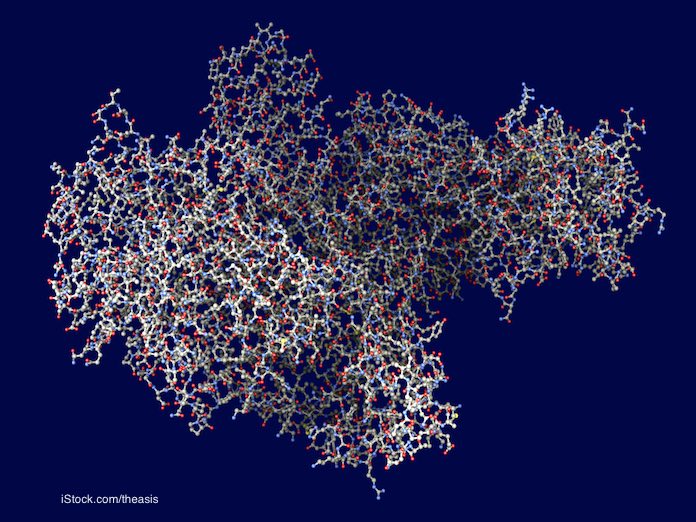A new Clostridium botulinum outbreak on the USDA’s Core Investigation Table may be associated with canned soup. That pathogen is a risk with low acid canned foods such as canned soup or home canned vegetables.

There is no more information on the table about this outbreak. We do not know the patient case counts, if traceback or sampling is being conducted, or if any facilities are being inspected.
Clostridium botulinum is an anaerobic bacteria that produces a neurotoxin that is the most toxic substance known. The toxin is produced by the bacterial spores when the pH of a food is above 4.6 and when oxygen levels are low or nonexistent. The toxin travels through the bloodstream and attacks nerves, causing paralysis from the top of the body down. When the paralysis reaches the lungs, the patients is unable to breathe. A tiny amount of this toxin can kill an adult.
Previous botulism outbreaks have been linked to home canned produce, to commercial cheese sauce, to jarred pesto, and chili sauce. Other foods that have caused these outbreaks include smoked fish, olives, bottled garlic, canned salmon, baked potatoes, and baby food. The bacteria is found in soil and can contaminate fruits and vegetables.
In 2017, a deadly outbreak linked to nacho cheese sauce served at the Valley Oak Food and Fuel gas station in Walnut Grove, California killed one person and sickened nine others. All ten patients were hospitalized in serious condition. Gehls Nacho Cheese Sauce was impounded during an inspection at the gas station, but officials didn’t confirm that that specific brand was the source of the toxin.
In 2015, home canned potatoes likely caused a deadly botulism outbreak in Ohio among people who attended a Cross Pointe Free Will Baptist Church picnic potluck. Twenty-nine confirmed cases of botulism occurred, and two people died.
In 2014, jarred pesto was linked to a botulism outbreak that sickened two people. The pesto was purchased from a farm stand in San Clemente, California. Improper acidification and pressurization practices were discovered during an inspection of the company’s facility.
Also in 2014, a botulism outbreak linked to chili sauce sickened eight people and hospital two. The sauce was made by VR Greens.
Symptoms of botulism poisoning are distinctive and unmistakable. They include blurred and double vision, dilated pupils, drooping eyelids, and difficulty focusing the eyes. Patients can have difficulty speaking, a frozen expression, slow reflexes, and fatigue. The toxin eventually affects a person’s ability to breathe. There is an antidote for this toxin, but it must be given to patients in a hospital.

If you or a loved one have been sickened with botulism, please contact our experienced attorneys for help at 1-888-377-8900 or 612-338-0202.




